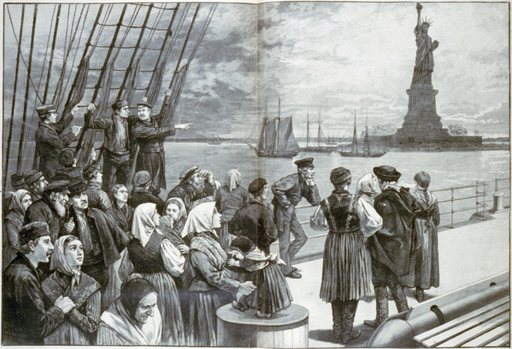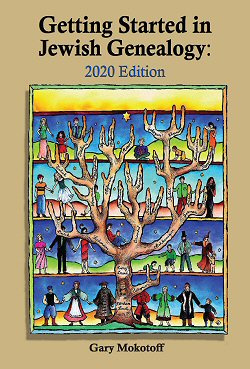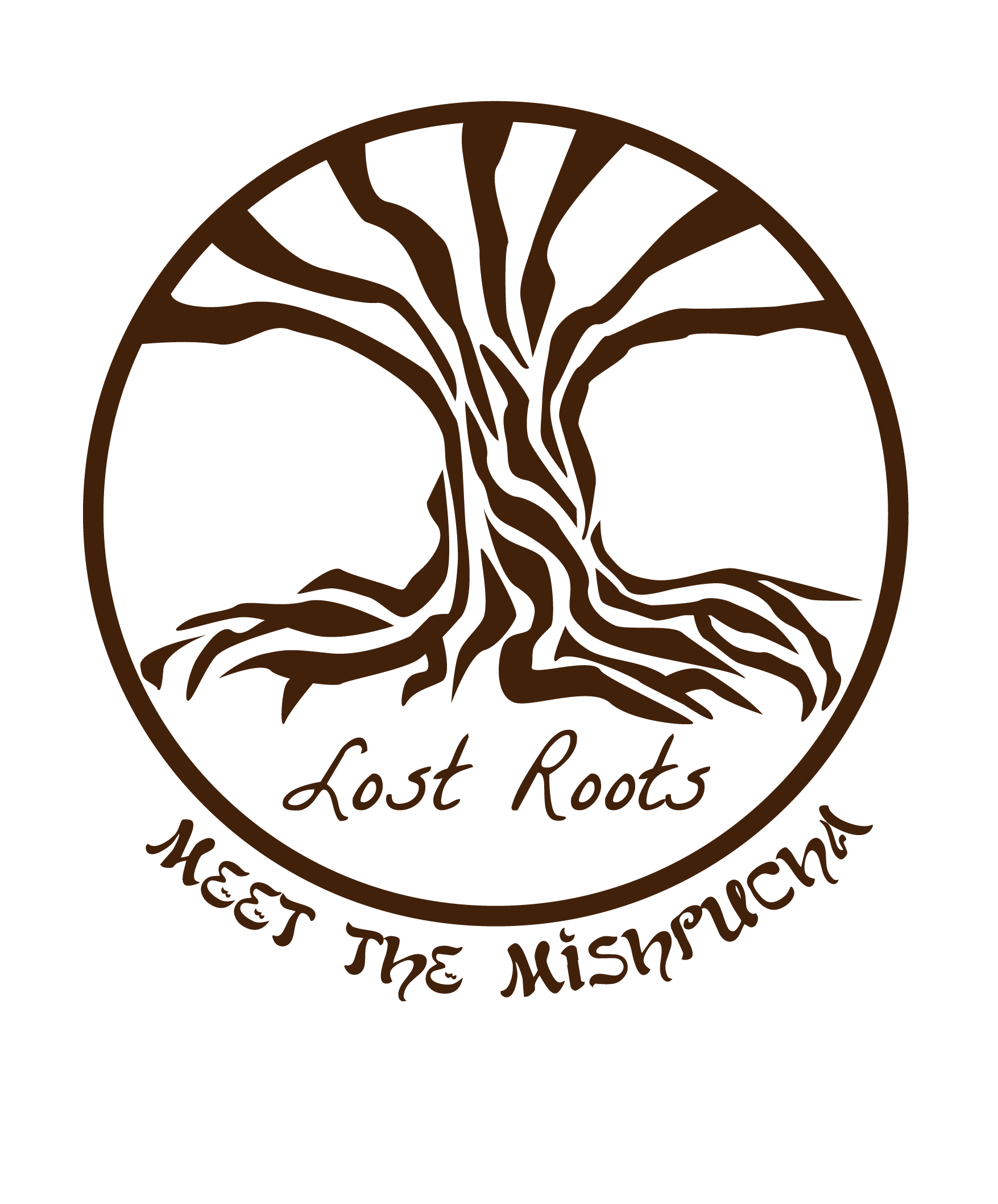If All Else Fails
 In previous sections of this website, you learned how to use naturalization records to find your family’s original name and passenger manifests to find your family’s town of origin. You also learned how to use military draft and other genealogy records to identify or corroborate this information. If everything went according to plan, these documents were available and provided the necessary information.
In previous sections of this website, you learned how to use naturalization records to find your family’s original name and passenger manifests to find your family’s town of origin. You also learned how to use military draft and other genealogy records to identify or corroborate this information. If everything went according to plan, these documents were available and provided the necessary information.
Unfortunately, not everything in life always goes according to plan. In some cases, you might not be able to find naturalization records or passenger manifests on your own. In other cases, the documents might be readily available but missing key information. If your family arrived in the United States prior to 1891 and naturalized before 1906, these documents are unlikely to provide enough information to be helpful.
In these cases, there are generally two ways to proceed. If your family naturalized after 1906, it is likely that USCIS (United States Customs and Immigration service) still has your paperwork in its files. Receiving copies of it through them could be the only way to determine your family’s pre-immigration location. However, if USCIS does not have your family’s records, if no naturalization records are available, or if absolutely no other documents give you the information you are seeking, several indirect methods may allow you to infer your family’s likely place of origin and original surname.
How to Locate Naturalization and Other Records if All Else Fails
USCIS Genealogy Program
If you are sure that your ancestor naturalized, and that he or she did so after 1906, yet are unable to locate naturalization records on your own, USCIS will probably be able to help. Through their Genealogy Program (https://www.uscis.gov/records/genealogy), USCIS makes five types of records available to the public:
· Naturalization certificate files (C-Files, 1906-1956): These files include naturalization records, applications, correspondence, affidavits, and other forms, frequently with photographs of the applicant.
· Registry files (1929-1944): These files cover people who arrived prior to July 1, 1924 whose arrival records were unable to be located by the INS when processing the immigrant’s naturalization petitions.

· Visa files (1924-1944): These files cover prospective immigrants’ applications for US visas, which began to be required of immigrants in 1924 under a new immigration law. Visa files typically include all information found on passenger manifest lists, along with all the immigrant’s places of residence for the five years prior to immigration, the names of both of his or her parents, and more. Additionally, visa files also usually include birth records or affidavits, and may contain marriage, military, or police records. For more information on visa files, see my page on additional sources of genealogical information.
· Alien registration forms (1940-1944): These registrations were required of all noncitizens living in the United States between August 1940 and March 1944.
· Immigrant files (A-Files, 1944-1951): These files encompass alien case files. Unlike C-Files, each A-File covers a specific individual. Many of the records found here were originally created under other filing systems and later transferred to the individual’s A-File.
To receive files from the USCIS Genealogy Program, you may follow one of two procedures. If you already have a file number, you may request that file directly. Otherwise, have USCIS perform a name index search. However, it is recommended to order a name index search even if you already have a file number, as the individual you are looking for may also have additional files besides the one whose number you have. After a name index search, USCIS will return the identification numbers of all files in their possession which relate to that specific person. Once you receive these identification numbers, you may then send a request to USCIS for some or all of those files.
As of April 2024, the cost to perform a name search is $30, while a record request costs $30 plus $80 for each record requested. Unfortunately, the current wait time is reported to be approximately nine months for a name search and another nine months for record requests.
Indirect Ways of Determining Your Family’s Place of Origin and Original Name
Inferring Place of Origin

If you are unable to locate a naturalization record for anyone in your family, or if the naturalization records do allow you to identify family’s location of origin, several other sources may help you infer where your family is likely to have come from. First, census records may help. Many immigrants in the United States who came from similar areas tended to cluster together. If you cannot determine where your ancestors came from, research people you find in census records who were living nearby to them—particularly either elsewhere in the same building or in neighboring buildings. If significant numbers of them seem to come from the same town or geographic area, it is likely that your family may have come from there too.
A second important source of clues to your family’s potential hometown are the many Jewish immigration societies which proliferated in New York in the late nineteenth and early twentieth centuries. After arriving in the United States, many Ashkenazi Jewish immigrants became active members of fraternal associations called Landsmannschaften. In addition to providing valuable social services, work placement, and legal assistance, these societies often pooled resources to provide burial plots for their members. These plots are typically clustered together in dedicated sections of cemeteries.
Most Landsmannschaften were geographically based, comprised of immigrants originally from the same city, town, or region in Europe. Therefore, once you discover the location of your ancestor’s grave, you should attempt to determine if it is located in a section devoted to a particular Landsmannschaft. Doing so could yield clues on your family’s town of origin. Moreover, some Landsmannschaft society records still exist, although the vast majority have not been digitized. These records may contain genealogical information about members.
In addition to clues in censuses and cemeteries, several other sources are also worth checking. First, newspaper obituaries or death announcements may indicate the deceased’s town of origin. For individuals who died in or after 1937, Social Security applications and death records may indicate immigrants’ places of birth. Finally, researching your family’s probate records, while challenging, may yield valuable results.
Inferring Original Name
If you have been able to obtain all relevant naturalization records yet none provide your family’s original name (and you are sure the name was, in fact, changed), you will need to use other methods to infer it. One of the best of these indirect techniques is to use passenger manifests combined with information gathered from other sources. Because you do not already know what name to look for, this procedure will require considerably greater effort.

For this process to work, you will need to collect several pieces of information before turning to ship manifests. First, use census records to determine the exact number of people in your family who would have been traveling together, along with their approximate ages. Next, use information on naturalization records to determine your ancestors’ date of arrival, port, and ship name. Lastly, use cemetery records to determine your ancestors’ Hebrew or Yiddish names as well as those of his or her siblings and parents. Also, make sure to be aware of common patterns for how traditional Jewish given names tended to be Americanized.
Armed with this information, you are now ready to begin looking through the passenger manifest for the ship and date your ancestor arrived on. Work through the entire passenger manifest, focusing on those passengers marked as “Hebrew.” If you already know which town your family was from in Europe, look for people who were coming from there or the general vicinity. Pay special attention to people with similar names to yours. Using all the above knowledge, make your best educated guess as to which group of passengers traveling on that ship on that day is most likely to be your family.
More details about this approach can be found in Gary Mokotoff’s Getting Started in Jewish Genealogy (https://www.avotaynu.com/books/GettingStarted.htm).
Summing Up
While post-1906 naturalization records and passenger manifests are the gold standard for identifying your family’s towns of origin and original surnames, they are not always as useful as would be hoped. Moreover, they may not be able to be found via normal channels, or they might not contain the required information.
The tools and techniques introduced on this page go a long way at addressing these challenges. The USCIS Genealogy Program can provide immigration papers on your family which you might not be able to locate any other way. If no other source helps, using indirect methods can allow you to take your best educated guess at your family’s pre-immigration name.
Now that you have (hopefully) identified the two keys to Ashkenazi Jewish genealogy research, it’s time to keep digging. In the following sections, you will discover how to learn more about your family’s history than you likely ever thought possible. You will also learn about the many challenges of researching Jewish families in places like Russia, Poland, Lithuania, Belarus, and Ukraine.
